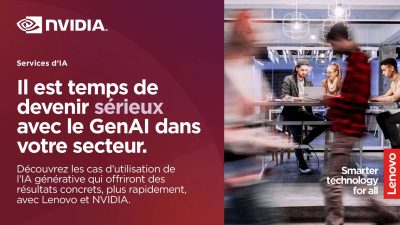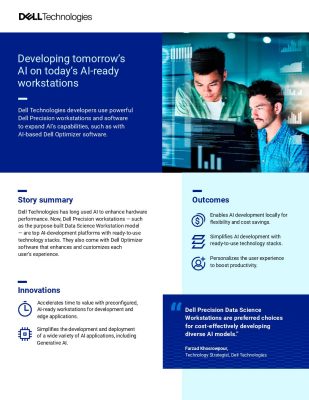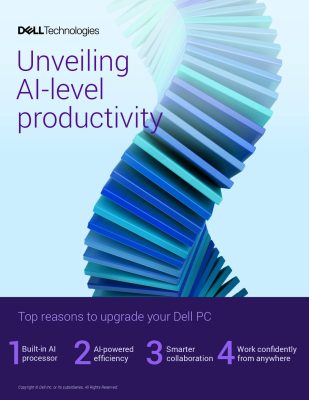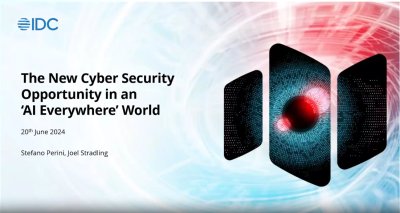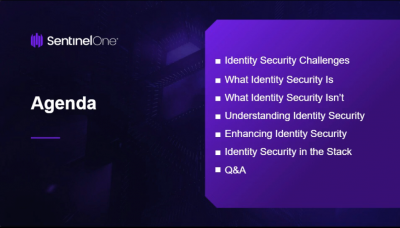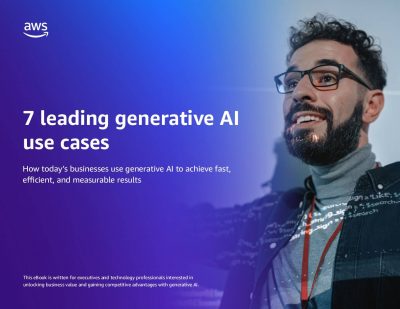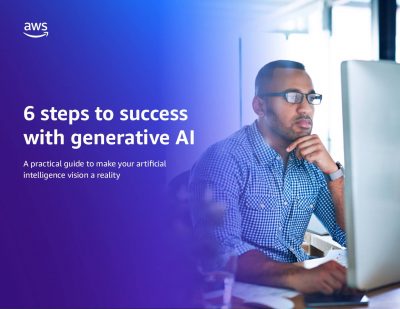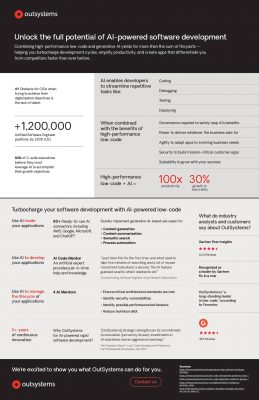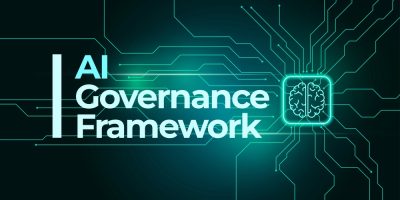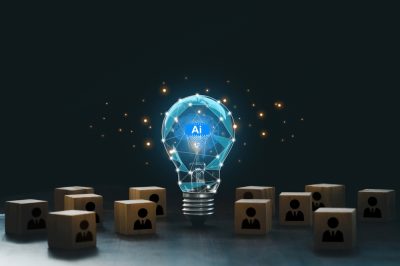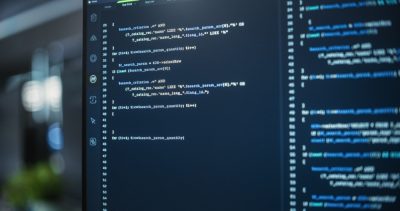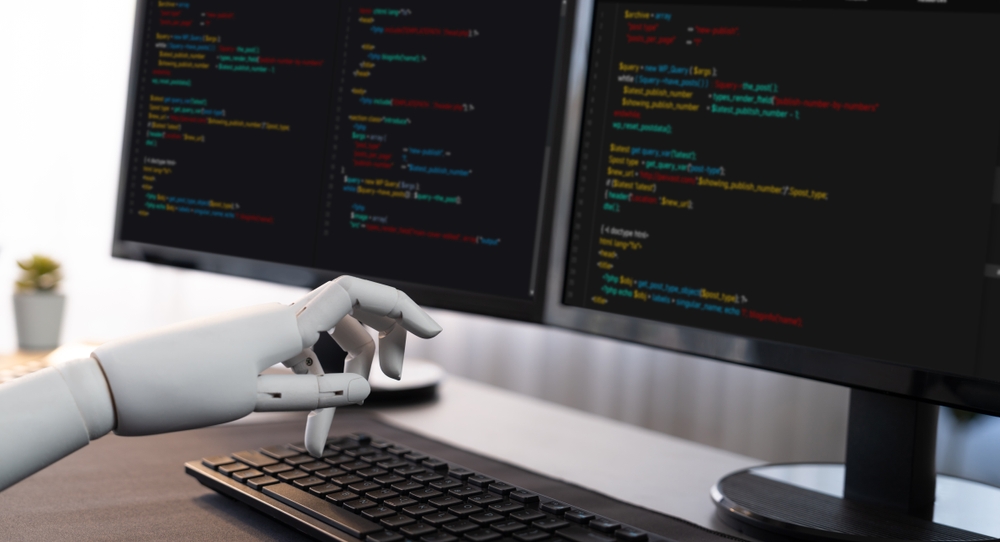Highlights:
- The startup aims to demystify the growing complexity of today’s advanced generative AI models, which are frequently referred to as “black boxes” due to their enigmatic inner workings.
- The startup’s method for AI explainability is termed “mechanistic interpretability” in the industry, which involves examining how AI models reason and make decisions.
Recently, a public benefit corporation and research lab focused on clarifying the complexities of generative artificial intelligence, Goodfire AI, has secured USD 7 million in seed funding to support the development of tools for debugging AI systems.
The latest funding round was spearheaded by the renowned venture capital firm Lightspeed Venture Partners, with additional support from prominent investors such as Menlo Ventures, South Park Commons, Work-Bench, Juniper Ventures, Mythos Ventures, Bluebirds Capital, and various angel investors.
The startup aims to demystify the growing complexity of today’s advanced generative AI models, often referred to as “black boxes” due to their opaque internal processes. This opacity makes it challenging to understand why large language models (LLMs) produce certain responses to prompts. However, gaining this insight is crucial for many enterprises concerned about deploying AI systems that could behave unpredictably.
Goodfire asserts that there is significant demand for more explainable AI. It references a McKinsey and Co. survey released earlier this year, which found that 44% of business leaders have encountered negative outcomes as a result of unintended model behavior.
The startup’s method for improving AI explainability is termed “mechanistic interpretability” within the industry. This involves examining how AI models reason and make decisions, with the aim of gaining a deep understanding of the inner workings of LLMs at the most detailed level.
Goodfire claims to have developed the world’s first product utilizing mechanistic interpretability to both understand and modify the behavior of AI models. The startup asserts that its tools give developers profound insights into the internal workings of LLMs while also providing controls that allow developers to guide the models’ outputs. This process, which Goodfire compares to “brain surgery,” aims to reduce the reliance on the time-intensive trial-and-error approach of prompt engineering.
Goodfire’s team is exceptionally well-equipped to pursue this approach. Co-founder and CEO Eric Ho previously launched the AI-powered recruitment startup RippleMatch Inc. alongside Chief Technology Officer Dan Balsam. In contrast, the third Co-founder and Chief Scientist, Tom McGrath, was formerly a Senior Researcher at Google LLC’s DeepMind.
In an interview with a leading media house, Ho explained that Goodfire’s tools allow developers to map the inner workings of their AI models in a way that resembles how a neuroscientist uses imaging techniques to explore the human brain. He explained, “We use interpretability techniques to understand which neurons correspond to different tasks, concepts, and decisions.”
After mapping the AI’s “brain,” Goodfire works to identify which neurons are responsible for any undesirable behaviors in the model. By visualizing the AI’s internal structure, the startup makes it easier to pinpoint and address these problematic elements.
Developers can then utilize Goodfire’s control systems to execute surgery on their models, adjusting behaviors by removing or enhancing specific features. Ho likened this process to a neurosurgeon manipulating targeted areas of the human brain to correct certain functions.
“By doing this, users can improve the capabilities of the model, remove problems and fix bugs. By making AI models more interpretable and editable, we’re paving the way for safer, more reliable, and more beneficial AI technologies,” he stressed.
Nnamdi Iregbulem of Lightspeed Venture Partners stated that interpretability is quickly becoming a vital component in AI development. He believes that tools for editing models will soon be seen as a building primitive for AI developers, allowing them to engage with their models in novel and more flexible ways. He stated, “We’re backing Goodfire to lead this critical layer of the AI stack.”
